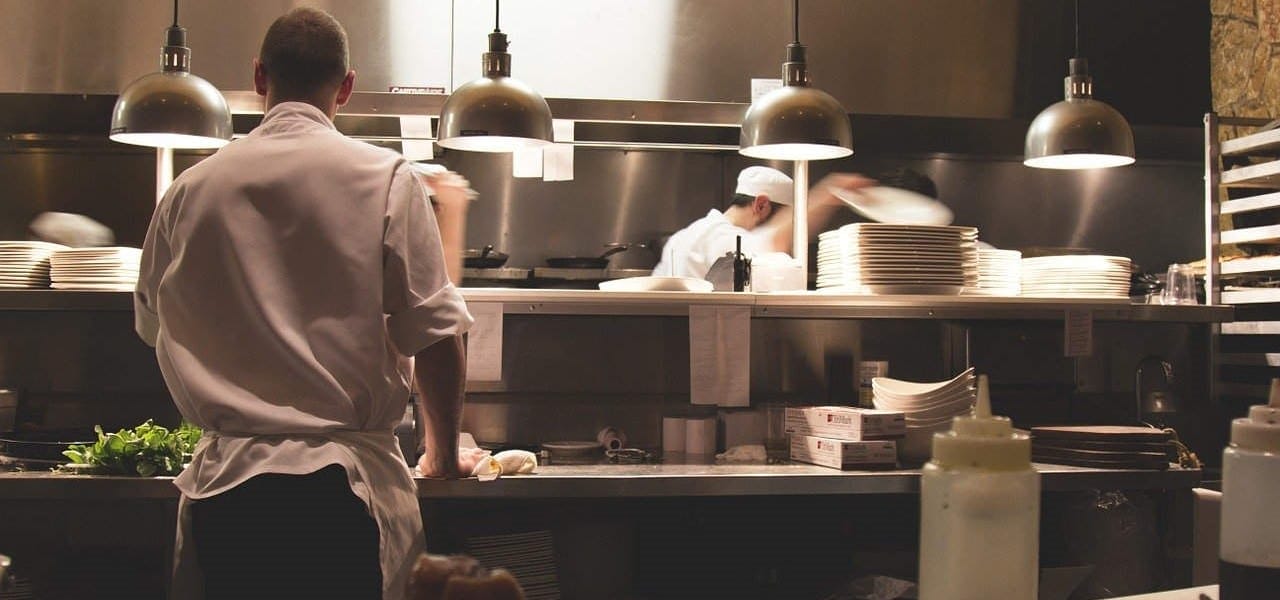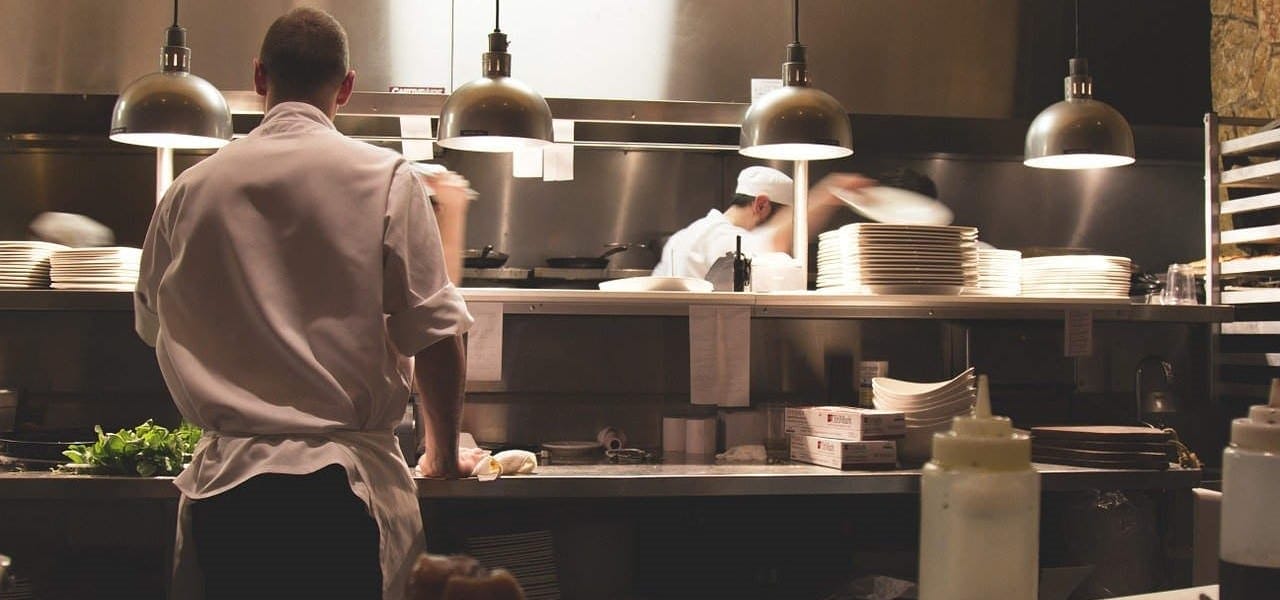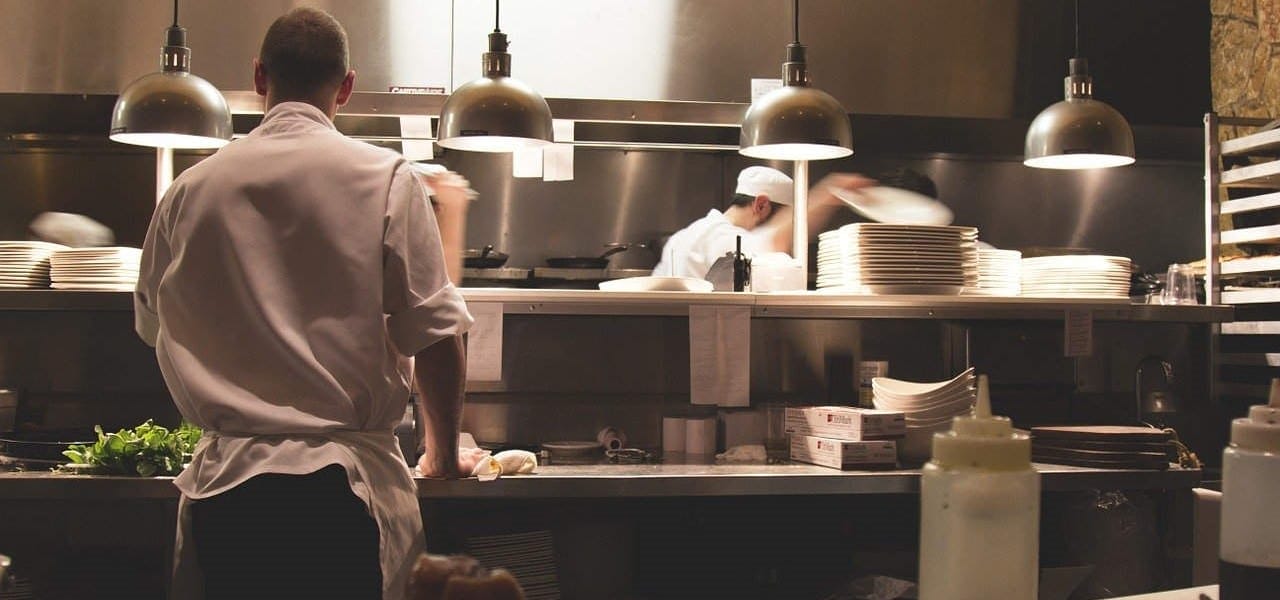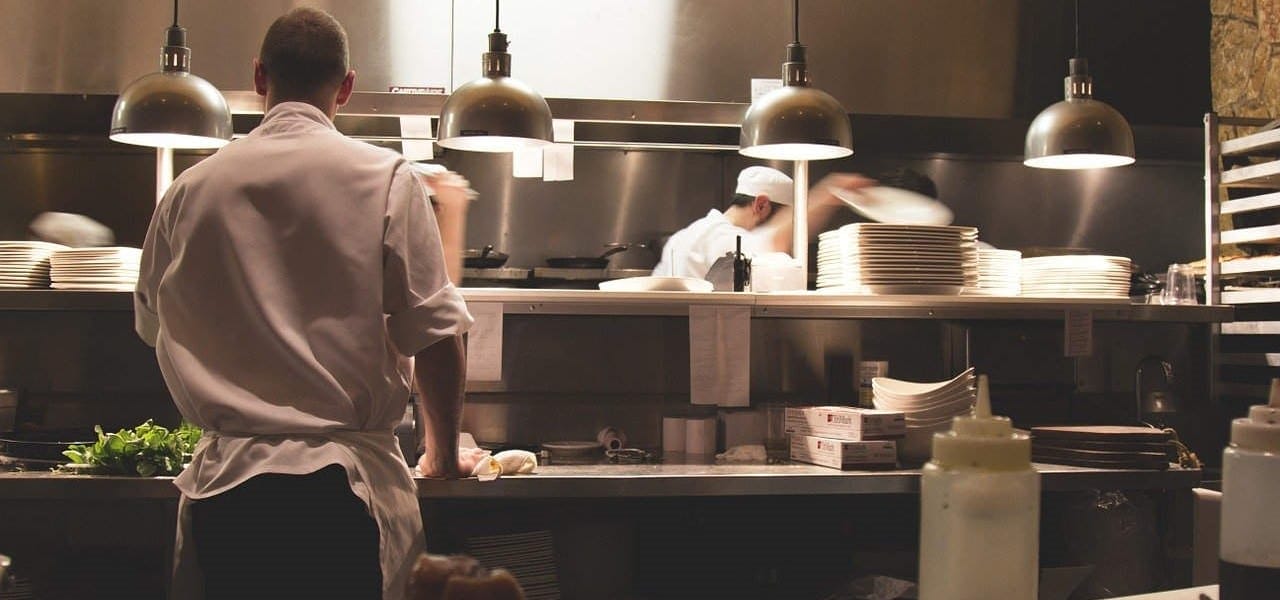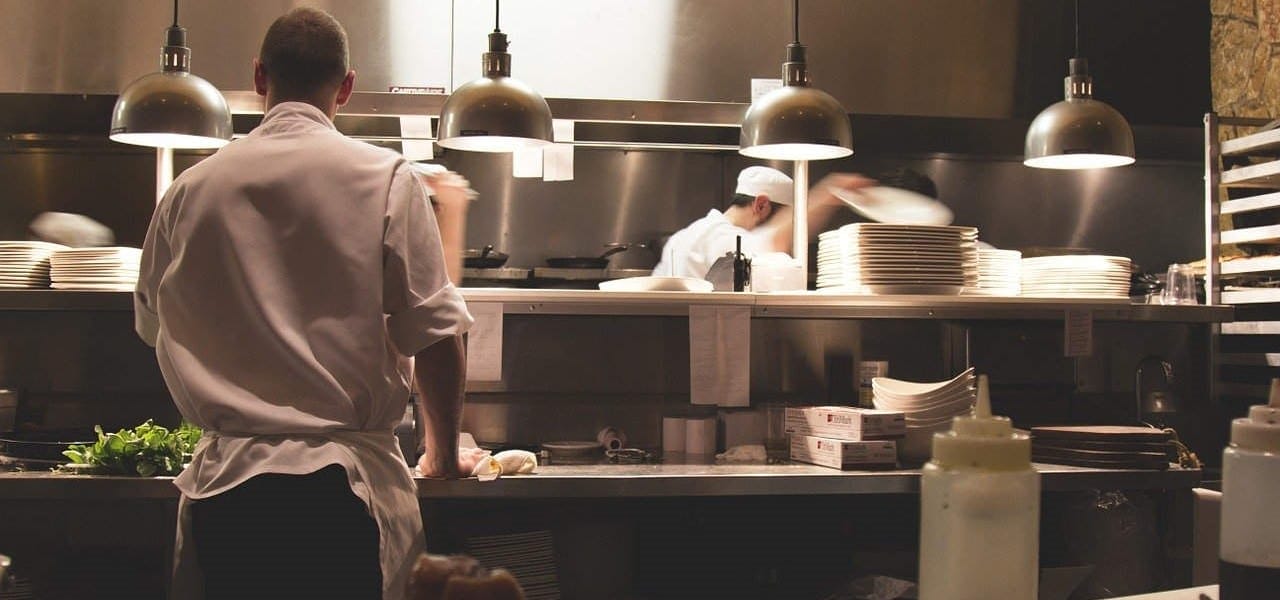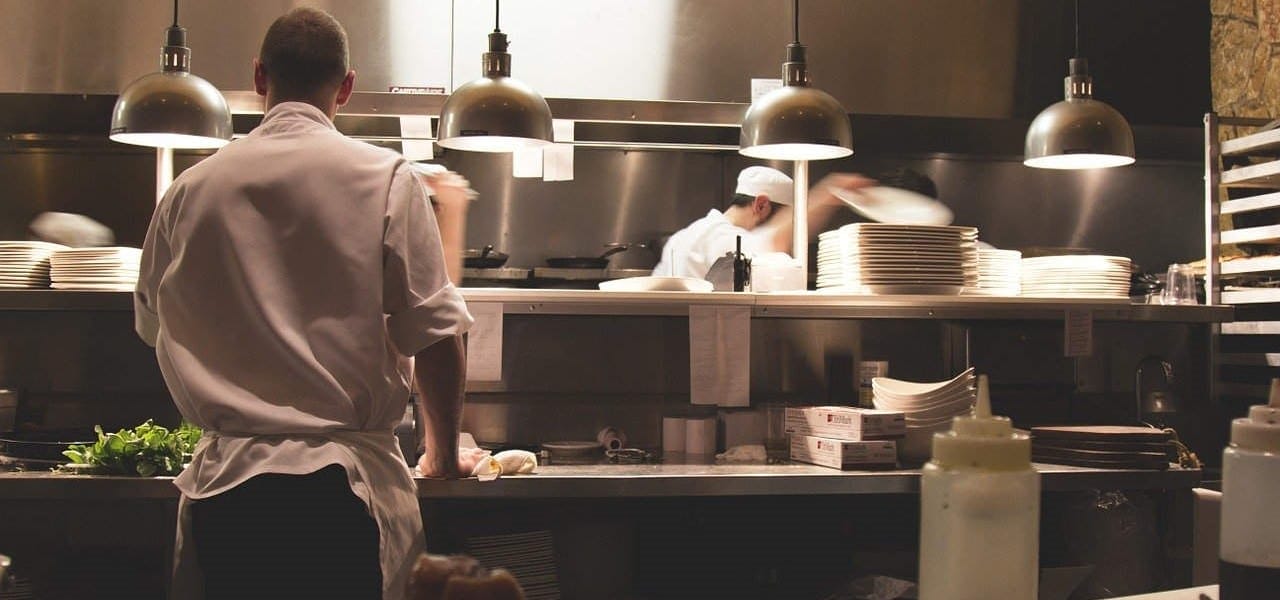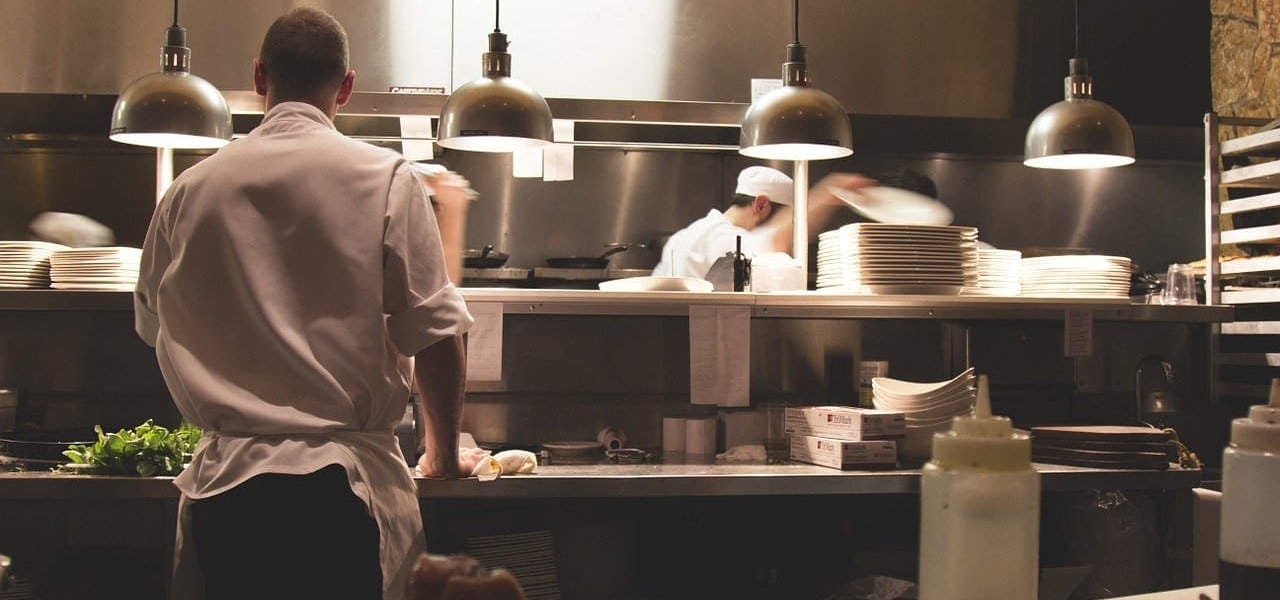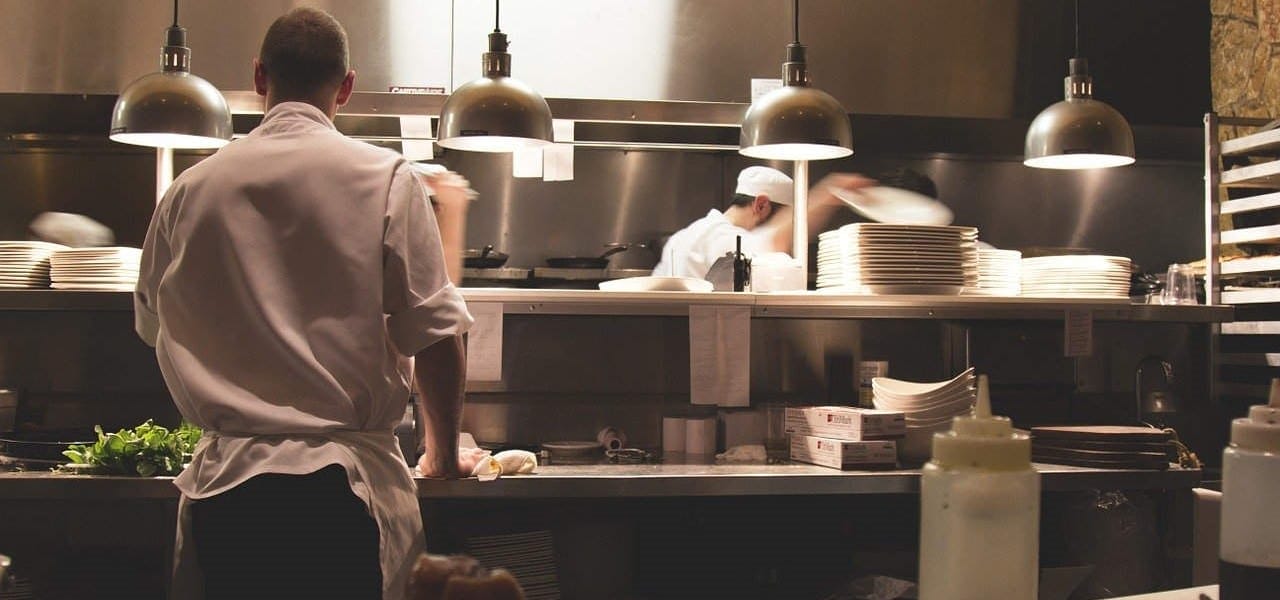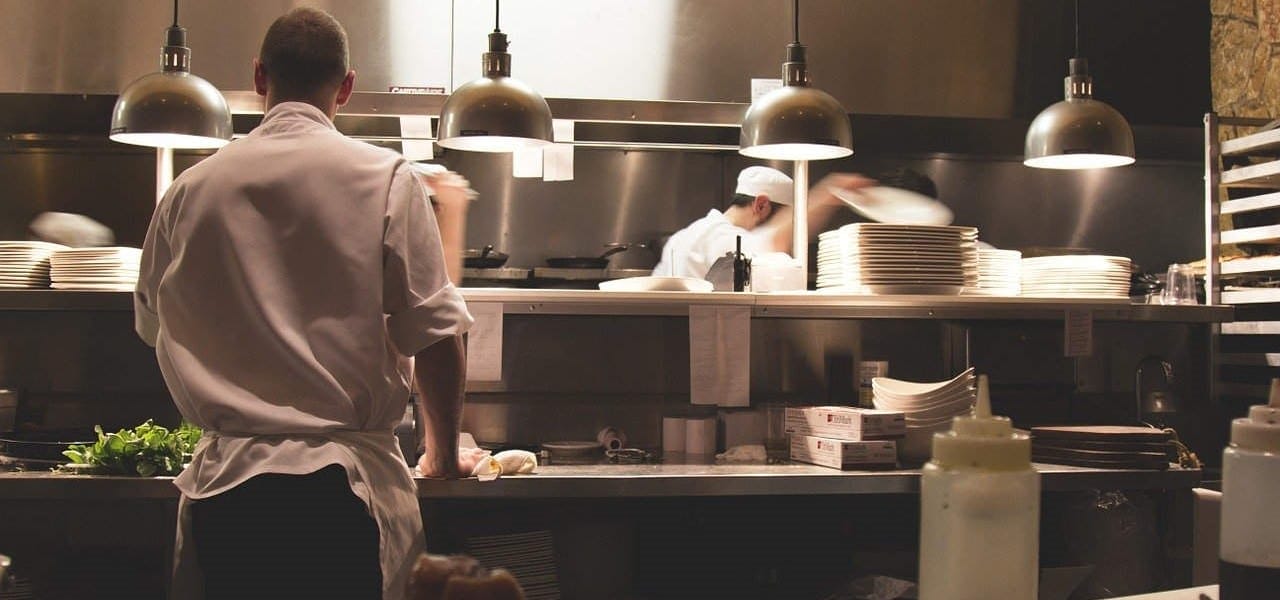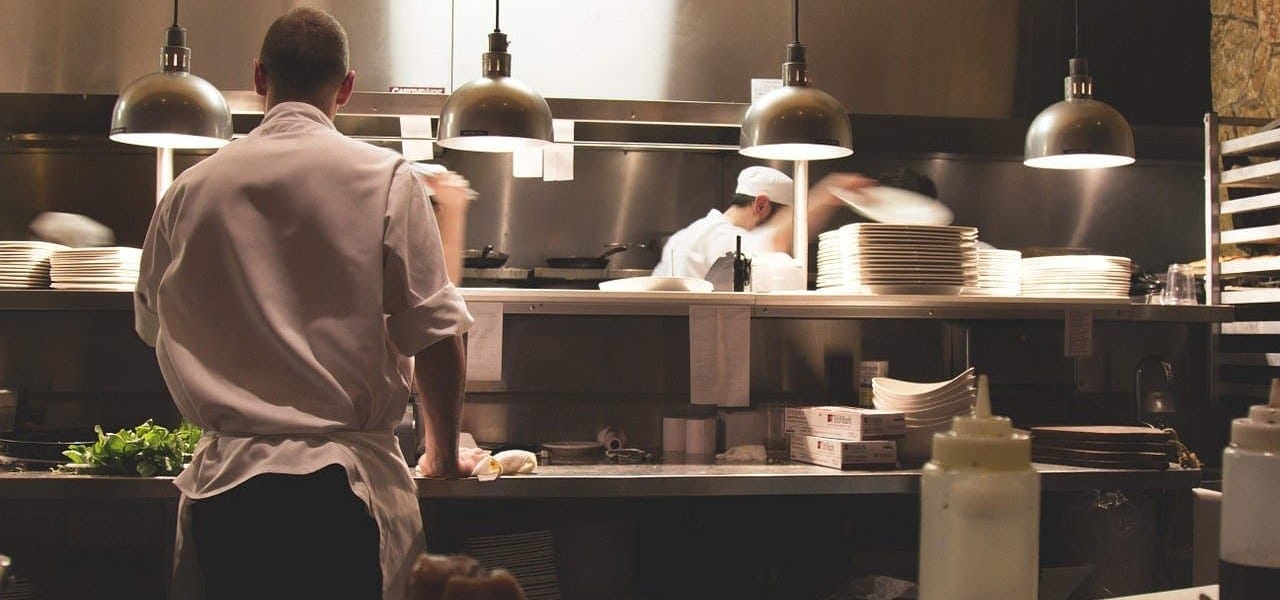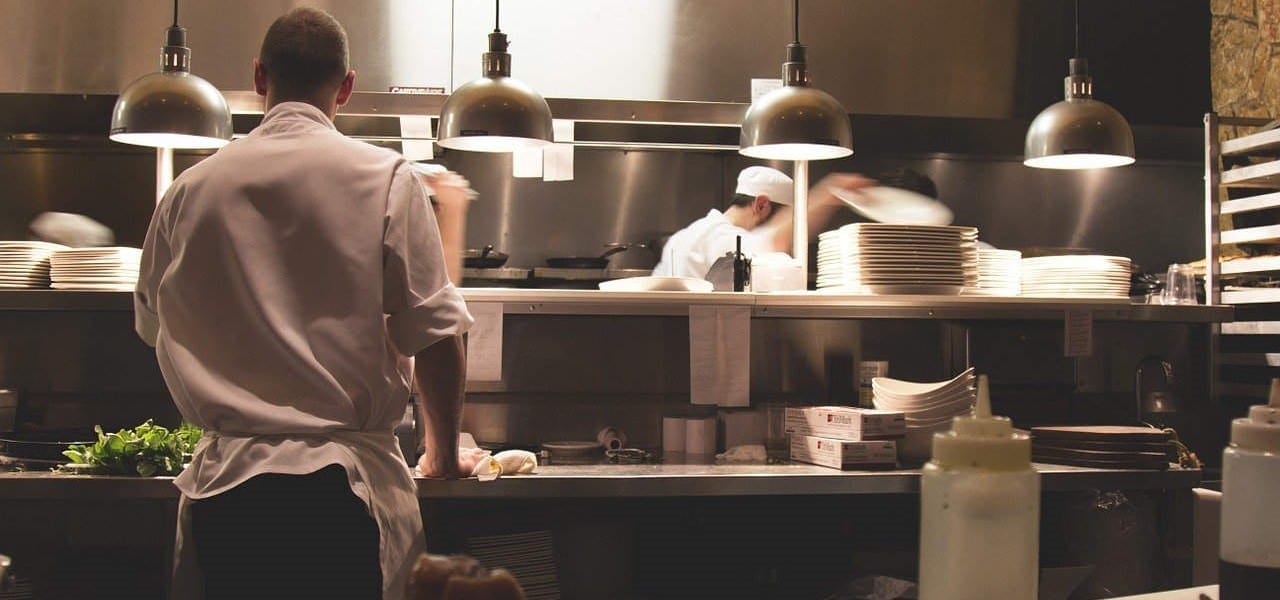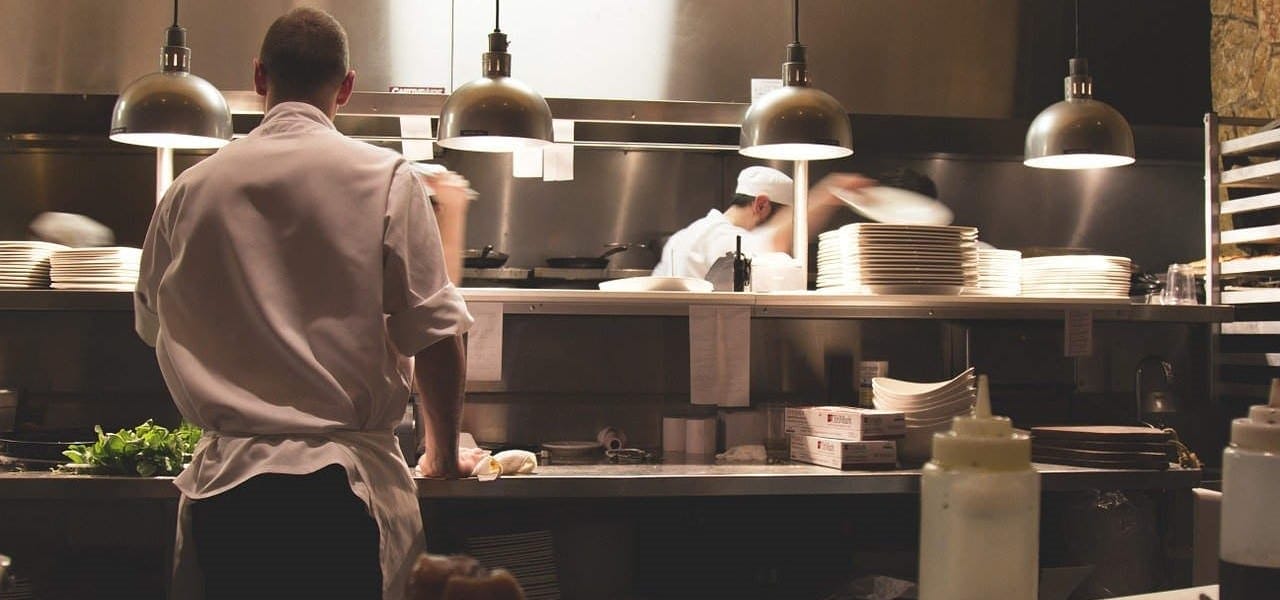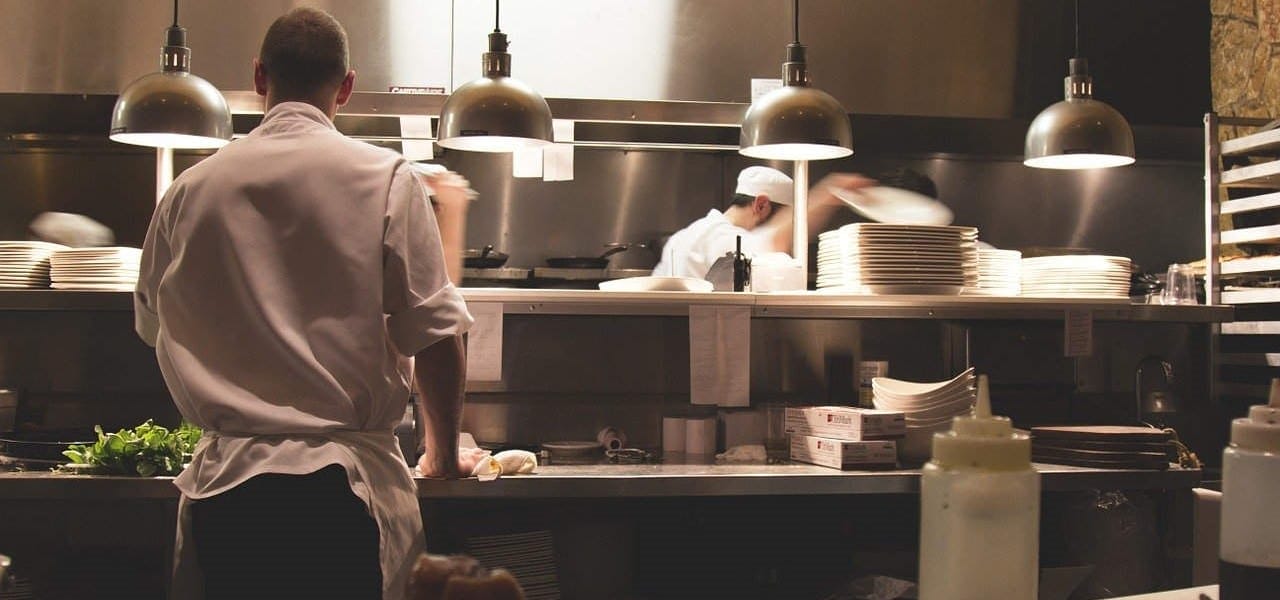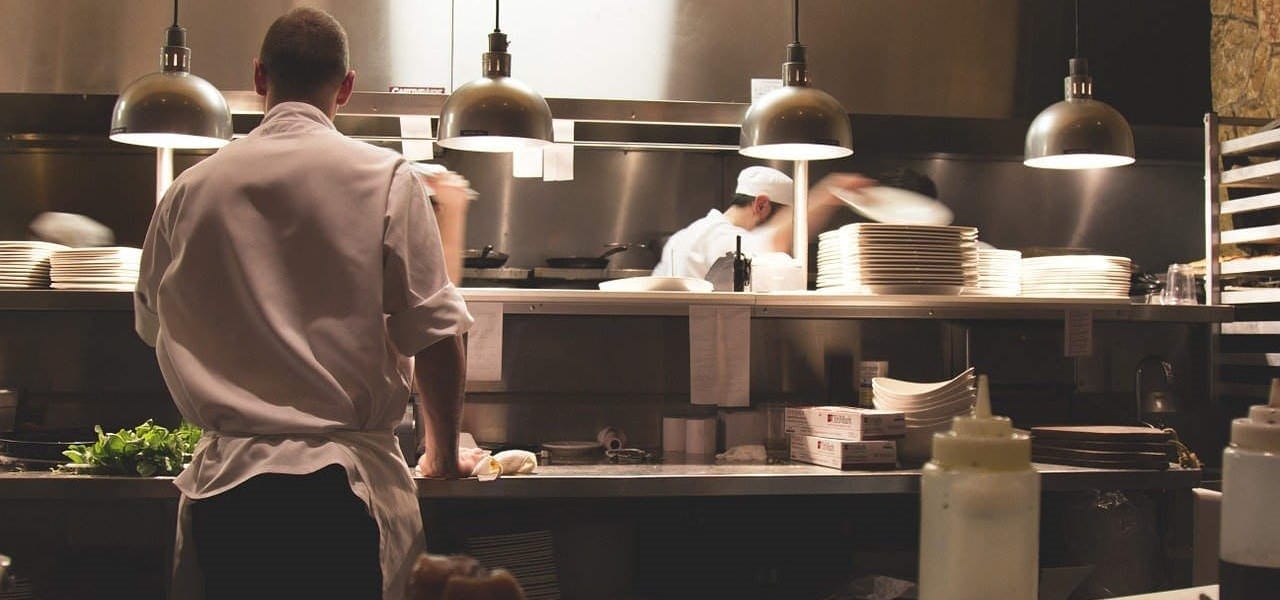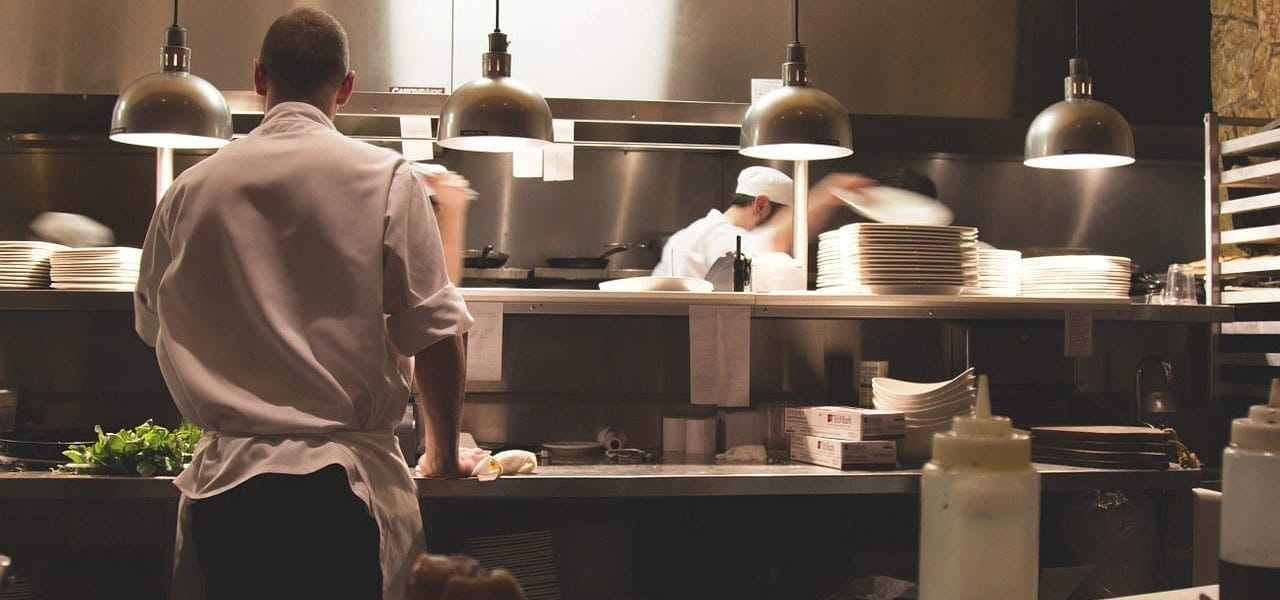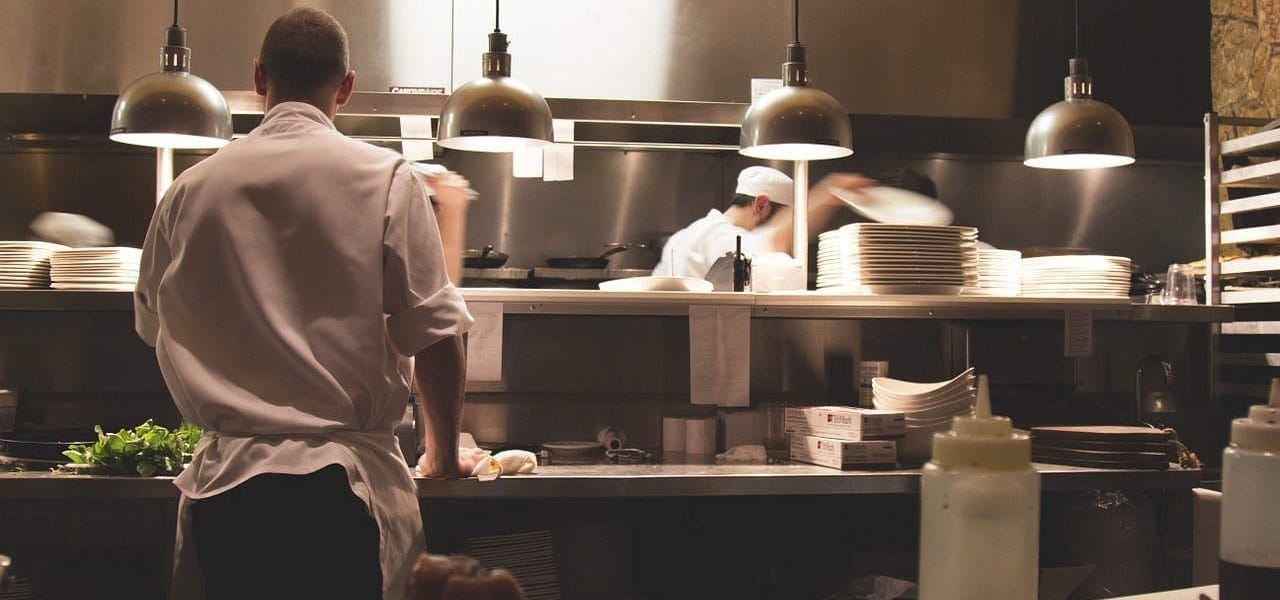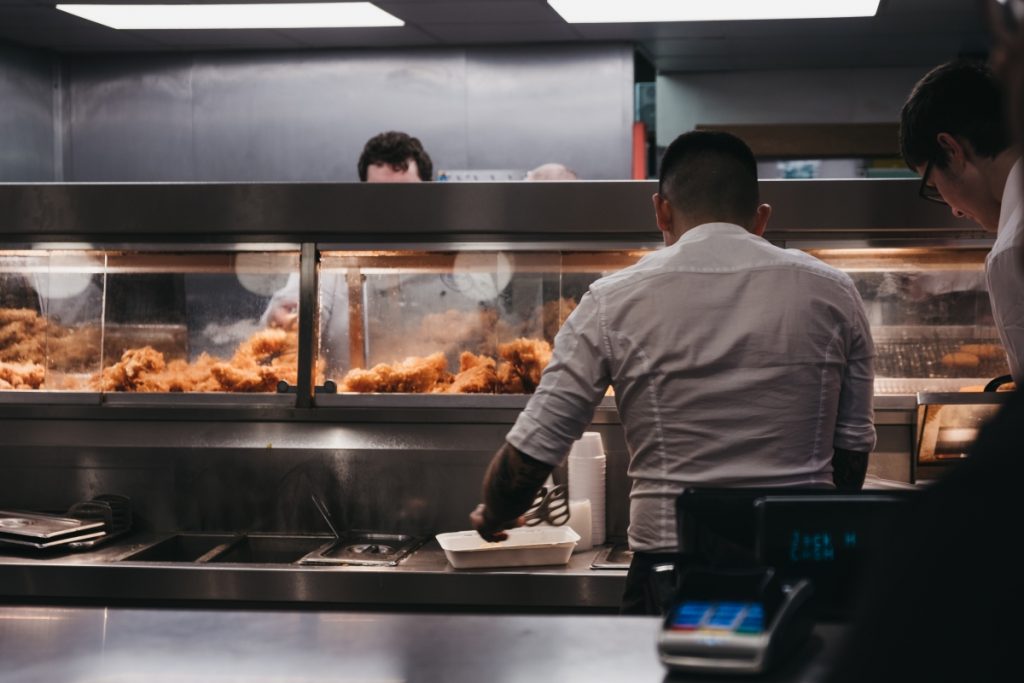Restaurant Kitchen Fire Insurance: Commercial Cooking Equipment Protection
Restaurant kitchens face unique fire risks that can devastate businesses in minutes. Learn how specialized fire insurance protects your commercial cooking equipment and ensures business continuity.
Understanding Restaurant Kitchen Fire Risks
Restaurant kitchens are high-risk environments where fires can start and spread rapidly. The combination of open flames, hot surfaces, cooking oils, and electrical equipment creates a perfect storm for potential disasters. According to industry statistics, cooking equipment is responsible for over 60% of restaurant fires, making specialized fire insurance not just advisable but essential for any food service establishment.
The financial impact of kitchen fires extends far beyond immediate property damage. Restaurant owners face equipment replacement costs, business interruption losses, potential liability claims, and the challenge of rebuilding customer trust. Without proper insurance coverage, a single kitchen fire can force a restaurant to close permanently.
Common Fire Hazards in Commercial Kitchens
- Grease fires: Hot oil and accumulated grease create highly flammable conditions
- Electrical malfunctions: Overloaded circuits and faulty wiring in high-heat environments
- Equipment overheating: Fryers, grills, and ovens operating at extreme temperatures
- Ventilation system failures: Inadequate exhaust systems allowing heat and grease buildup
- Human error: Staff mistakes, inadequate training, or rushed food preparation
Essential Components of Restaurant Kitchen Fire Insurance
Comprehensive restaurant kitchen fire insurance goes beyond basic property coverage to address the specific needs of food service establishments. Understanding these components helps restaurant owners make informed decisions about their protection needs.
Commercial Cooking Equipment Coverage
This specialized coverage protects your valuable kitchen equipment against fire damage, including:
- Commercial ovens and ranges
- Deep fryers and grills
- Refrigeration units and freezers
- Dishwashing systems
- Ventilation and exhaust systems
- Specialized cooking equipment unique to your cuisine
Business Interruption Protection
When fire damage forces your restaurant to close, business interruption coverage compensates for lost income and ongoing expenses. This coverage typically includes:
- Lost revenue during closure period
- Continuing payroll expenses
- Rent and loan payments
- Utility costs
- Additional expenses for temporary operations
Spoilage and Contamination Coverage
Fire damage often extends beyond direct flame contact. Smoke, heat, and firefighting efforts can contaminate food inventory and compromise food safety. This coverage protects against:
- Food spoilage due to power outages
- Contamination from smoke and soot
- Water damage from sprinkler systems
- Temperature fluctuations affecting perishables
Specialized Fire Suppression System Coverage
Modern restaurant kitchens rely on sophisticated fire suppression systems designed specifically for commercial cooking environments. These systems require specialized insurance coverage due to their complexity and critical importance.
Wet Chemical Suppression Systems
Wet chemical systems are the gold standard for commercial kitchen fire protection. They use specialized chemicals to suppress grease fires and create a barrier preventing re-ignition. Insurance coverage should include:
- System installation and maintenance costs
- Chemical refill and replacement expenses
- Professional inspection and testing fees
- Emergency repair and replacement coverage
Hood and Duct System Protection
Ventilation systems are critical fire safety components that require regular maintenance and specialized coverage. Your insurance should protect:
- Exhaust hood cleaning and maintenance
- Ductwork repair and replacement
- Fan and motor protection
- Fire damper functionality
Equipment Replacement and Upgrade Coverage
When fire damages commercial cooking equipment, replacement costs can be substantial. Modern insurance policies offer various approaches to equipment valuation and replacement.
Replacement Cost vs. Actual Cash Value
Understanding the difference between replacement cost and actual cash value coverage is crucial for adequate protection:
Replacement Cost Coverage: Pays the full cost to replace damaged equipment with new items of similar quality and functionality, without depreciation deductions.
Actual Cash Value Coverage: Pays the depreciated value of damaged equipment, which may not cover full replacement costs for older items.
Equipment Upgrade Provisions
Fire damage often provides opportunities to upgrade kitchen equipment. Progressive insurance policies may include:
- Technology upgrade allowances
- Energy efficiency improvement coverage
- Code compliance upgrade protection
- Capacity expansion provisions
Liability Protection for Fire-Related Incidents
Restaurant fires can create liability exposure beyond property damage. Comprehensive coverage should address potential third-party claims and legal expenses.
Customer and Employee Safety
Fire incidents can result in injuries to customers and staff, creating significant liability exposure. Essential coverage includes:
- Medical expenses for injured parties
- Legal defense costs
- Settlement and judgment payments
- Loss of consortium claims
Neighboring Property Damage
Restaurant fires can spread to adjacent properties, creating substantial liability claims. Coverage should include:
- Damage to neighboring businesses
- Smoke and water damage claims
- Business interruption losses of other tenants
- Environmental contamination cleanup
Risk Assessment and Premium Factors
Insurance companies evaluate numerous factors when determining restaurant kitchen fire insurance premiums. Understanding these factors helps restaurant owners manage costs and improve their risk profile.
Kitchen Design and Layout
The physical design of your kitchen significantly impacts fire risk and insurance costs:
- Adequate spacing between equipment
- Proper ventilation system design
- Fire-resistant construction materials
- Emergency exit accessibility
- Electrical system adequacy
Safety Equipment and Procedures
Proactive safety measures can reduce premiums and improve coverage terms:
- Automatic fire suppression systems
- Regular equipment maintenance programs
- Staff fire safety training
- Emergency response procedures
- Professional cleaning schedules
Operational Factors
Your restaurant's operational characteristics influence fire risk assessment:
- Hours of operation
- Type of cuisine and cooking methods
- Volume of food preparation
- Staff experience and training levels
- Maintenance and cleaning frequency
Claims Process and Documentation
When fire strikes your restaurant, quick and proper claims handling is essential for minimizing losses and expediting recovery. Understanding the claims process helps ensure smooth resolution.
Immediate Response Steps
The first hours after a fire are critical for claims success:
- Ensure all personnel are safe and accounted for
- Contact emergency services and your insurance company
- Document the scene with photos and videos
- Secure the property to prevent further damage
- Begin inventory of damaged equipment and supplies
Documentation Requirements
Thorough documentation supports your claim and expedites settlement:
- Equipment purchase receipts and warranties
- Maintenance and inspection records
- Financial statements and tax returns
- Employee records and payroll information
- Supplier contracts and inventory records
Working with Adjusters
Insurance adjusters will evaluate your claim and determine coverage. Effective cooperation includes:
- Providing complete and accurate information
- Allowing full access for inspection
- Maintaining detailed records of all communications
- Obtaining multiple repair and replacement estimates
- Understanding your policy terms and coverage limits
Prevention Strategies and Best Practices
While comprehensive insurance provides essential protection, prevention remains the best strategy for avoiding fire losses. Implementing robust fire prevention measures can reduce risks and potentially lower insurance premiums.
Equipment Maintenance Programs
Regular maintenance prevents equipment failures that can lead to fires:
- Daily cleaning and inspection routines
- Weekly deep cleaning of grease traps and filters
- Monthly professional equipment servicing
- Quarterly fire suppression system testing
- Annual comprehensive safety audits
Staff Training and Procedures
Well-trained staff are your first line of defense against kitchen fires:
- Fire safety orientation for all new employees
- Regular fire drill exercises
- Proper use of fire extinguishers and suppression systems
- Emergency evacuation procedures
- Incident reporting and response protocols
Technology Solutions
Modern technology offers advanced fire prevention and detection capabilities:
- Smart temperature monitoring systems
- Automated fire suppression activation
- Remote monitoring and alert systems
- Predictive maintenance software
- Integration with emergency response services
Regulatory Compliance and Code Requirements
Restaurant fire safety is heavily regulated, and compliance with local codes and standards is essential for both safety and insurance coverage. Non-compliance can void coverage and create significant liability exposure.
Building and Fire Codes
Local building and fire codes establish minimum safety requirements:
- Fire-resistant construction materials
- Adequate exit capacity and accessibility
- Emergency lighting and signage
- Fire alarm and detection systems
- Sprinkler system requirements
Health Department Regulations
Health departments enforce fire safety standards specific to food service:
- Ventilation system specifications
- Grease management requirements
- Equipment installation standards
- Cleaning and maintenance protocols
- Staff training documentation
Insurance Compliance Requirements
Insurance policies often require specific safety measures and compliance documentation:
- Regular inspection certificates
- Maintenance record keeping
- Staff training documentation
- Emergency procedure updates
- Code compliance verification
Choosing the Right Insurance Provider
Selecting an insurance provider with restaurant industry expertise is crucial for obtaining appropriate coverage and responsive service. Not all insurers understand the unique challenges of restaurant fire risks.
Industry Specialization
Look for insurers with specific restaurant industry experience:
- Understanding of commercial kitchen operations
- Knowledge of equipment values and replacement costs
- Experience with restaurant fire claims
- Relationships with specialized contractors and suppliers
- Familiarity with industry regulations and standards
Claims Service Quality
Evaluate potential insurers based on their claims handling reputation:
- 24/7 claims reporting availability
- Local adjuster network
- Average claim settlement timeframes
- Customer satisfaction ratings
- Financial stability and payment reliability
Risk Management Support
The best insurers provide proactive risk management services:
- Safety inspection and consultation services
- Training resources and programs
- Loss prevention recommendations
- Industry best practice guidance
- Technology and equipment recommendations
Cost Considerations and Budgeting
Restaurant kitchen fire insurance represents a significant but necessary expense. Understanding cost factors and budgeting strategies helps restaurant owners obtain adequate coverage while managing expenses.
Premium Calculation Factors
Several factors influence your insurance premiums:
- Restaurant size and seating capacity
- Kitchen equipment value and complexity
- Location and building characteristics
- Safety systems and prevention measures
- Claims history and risk profile
Cost Management Strategies
Effective strategies can help control insurance costs:
- Implement comprehensive safety programs
- Maintain detailed maintenance records
- Consider higher deductibles for lower premiums
- Consider higher deductibles for lower premiums
- Bundle with other commercial insurance policies
- Implement comprehensive safety training programs
- Maintain detailed equipment maintenance records
- Install advanced fire suppression systems
- Work with experienced commercial insurance brokers
Working with Insurance Professionals
Navigating restaurant kitchen fire insurance requires expertise in both commercial insurance and foodservice operations. Working with experienced insurance professionals who understand the unique risks of commercial kitchens is essential for securing appropriate coverage.
Choosing the Right Insurance Broker
Select an insurance broker with specific experience in restaurant and hospitality insurance. They should understand the complexities of commercial kitchen operations and be able to identify potential coverage gaps that could leave your business vulnerable.
At Insure24, we specialize in commercial insurance solutions for restaurants and foodservice businesses. Our team understands the unique challenges facing restaurant owners and can help you secure comprehensive coverage that protects your kitchen equipment, business operations, and financial stability.
Regular Policy Reviews
Restaurant operations evolve, and your insurance coverage should evolve with them. Regular policy reviews ensure that your coverage remains adequate as you add new equipment, expand operations, or modify your kitchen layout.
- Annual policy reviews with your insurance broker
- Coverage updates when adding new equipment
- Reassessment after kitchen renovations or expansions
- Regular evaluation of coverage limits and deductibles
Case Studies: Kitchen Fire Insurance in Action
Case Study 1: Grease Fire in Busy Restaurant
A popular city restaurant experienced a grease fire during peak dinner service. The fire damaged the main cooking line, including a commercial range, deep fryer, and ventilation system. The restaurant's comprehensive kitchen fire insurance covered:
- £45,000 in equipment replacement costs
- £30,000 in business interruption losses during the two-week closure
- £8,000 in additional expenses for temporary kitchen setup
- £5,000 in cleaning and restoration costs
Case Study 2: Electrical Fire in Commercial Kitchen
An electrical malfunction in a commercial oven caused a fire that spread to nearby equipment and caused significant smoke damage throughout the kitchen. The restaurant's insurance policy provided:
- Full replacement of damaged electrical equipment
- Coverage for smoke damage cleanup and restoration
- Business interruption coverage for lost revenue during repairs
- Additional living expenses for the owner who lived above the restaurant
Future Considerations and Emerging Risks
The restaurant industry continues to evolve, bringing new risks and insurance considerations. Staying informed about emerging trends helps ensure your coverage remains comprehensive and current.
Technology Integration
Modern commercial kitchens increasingly rely on sophisticated technology, from automated cooking systems to integrated point-of-sale systems. These technological advances create new risks that may require specialized coverage considerations.
Sustainability and Energy Efficiency
As restaurants adopt more sustainable practices and energy-efficient equipment, insurance policies must adapt to cover these new technologies and their associated risks.
Delivery and Takeout Operations
The growth of delivery and takeout services has changed kitchen operations, potentially affecting fire risks and insurance needs. Increased kitchen activity and modified workflows may require coverage adjustments.
Regulatory Compliance and Insurance
Restaurant kitchen fire insurance often intersects with regulatory compliance requirements. Understanding these connections helps ensure comprehensive protection.
Health and Safety Regulations
Compliance with health and safety regulations not only protects your customers and employees but can also impact your insurance coverage and premiums. Many insurers offer discounts for restaurants that exceed minimum safety requirements.
Fire Safety Compliance
Local fire safety regulations may mandate specific equipment, systems, or procedures. Ensuring compliance with these requirements is essential for maintaining insurance coverage and avoiding policy exclusions.
Conclusion
Restaurant kitchen fire insurance is a critical component of comprehensive business protection for any foodservice operation. The unique risks associated with commercial cooking equipment, combined with the potential for significant financial losses from fire damage, make specialized coverage essential.
Effective kitchen fire insurance goes beyond basic property coverage to include equipment breakdown protection, business interruption coverage, and additional expense protection. By understanding the specific risks in your kitchen, implementing comprehensive safety measures, and working with experienced insurance professionals, you can secure coverage that protects your investment and ensures business continuity.
The cost of comprehensive kitchen fire insurance is minimal compared to the potential losses from an uninsured fire. From equipment replacement and business interruption to liability claims and regulatory compliance, the right insurance coverage provides peace of mind and financial protection when you need it most.
Don't wait until disaster strikes to evaluate your coverage. Contact the experienced team at Insure24 today to discuss your restaurant kitchen fire insurance needs. Our specialists understand the unique challenges facing restaurant owners and can help you secure comprehensive coverage that protects your business, your equipment, and your livelihood.
Get Expert Restaurant Insurance Advice
For comprehensive restaurant kitchen fire insurance solutions tailored to your specific needs, contact Insure24 today:
Phone: 0330 127 2333
Website: www.insure24.co.uk
Our experienced team specializes in commercial insurance for restaurants and foodservice businesses, ensuring you have the protection you need to operate with confidence.


 0330 127 2333
0330 127 2333
